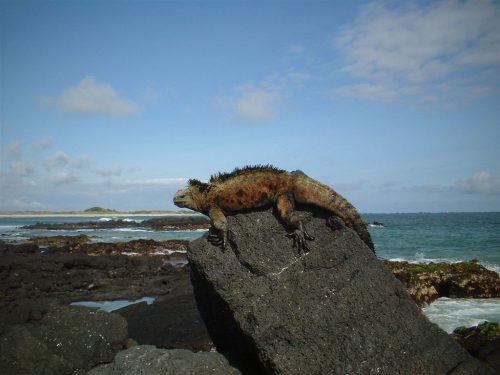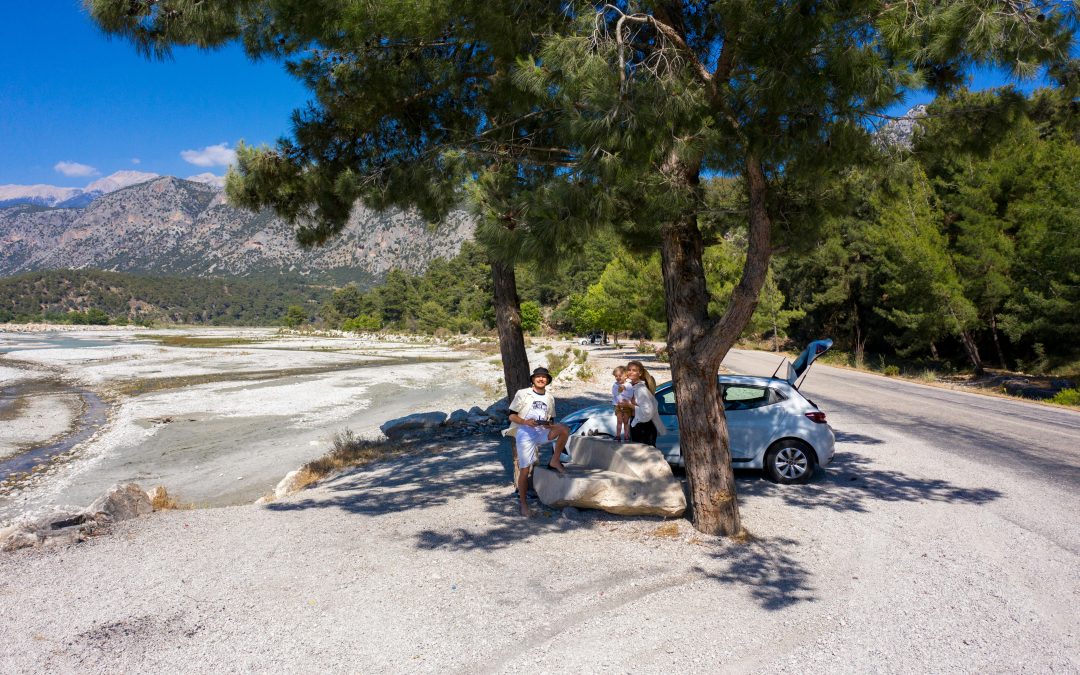Is this trend just the latest travel fad? Or can last-chance tourism — seeing endangered places before they vanish — be a force for good?
Bucket lists. Everybody has ̓em — mountains you want to climb before your joints turn to dust, sights you want to see before your pension kicks in, etc. Last-chance tourism is sort of like the Earth’s own bucket list: places to visit before they’re gone, likely for good.
What Is Last Chance Tourism?
On one hand, last chance tourism is what travel is all about: making the effort to see something you’re not likely to see again. However, this type of travel is more poignant; it’s not that you personally won’t get to visit that destination again, it’s that the destination won’t be there, at least not in its present state. And this label does bring a lot of awareness with it, which means that problems might be addressed or even reversed, given time and money.
On the other hand, last chance destinations can sometimes accelerate their own demise. The Great Barrier Reef has become the poster child for this. People are flocking to see it while they can, but this has led to greater pollution and disturbance in the surrounding areas. This puts travelers in a quandary — can they see last chance sites without contributing to the damage?
Iconic Last Chance Destinations
So what are we saying? Should tourists rush to last-chance destinations while they can? Or should they boycott them altogether? Let’s opt for a happy medium: visit, but visit in a respectful and responsible way. These popular last-chance areas and activities are definitely worth an eco-friendly visit.
Maldives
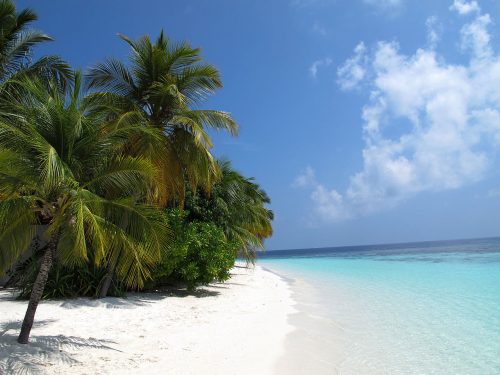
The beaches of Maldives. Photo Credit
If you’re thinking of an island paradise, you’re probably thinking of the Maldives. This 1,200-island chain sits off the coasts of Sri Lanka and India in the Indian Ocean. It is known for its astonishing beauty, its warm sunny weather, and its delicate and unique ecosystem, which includes thousands of coral reefs and innumerable fish.
It’s also known for its altitude — or lack of it. The highest natural point is just 7-8 feet above sea level, which means that the Maldives will be impacted by rising ocean levels sooner and more drastically than their loftier neighbors. Water management and sanitation also pose significant problems.
Tourism is a huge economic force in the Maldives, and eco-tourism is already gaining a foothold. Looking for a place to relax? Green resorts are on the increase, and several hotels generate their own electricity and manage their own water and waste disposal. Want to dive down and experience those marvelous reefs firsthand? Your diving instructor won’t just tell you the safety rules, they’ll also educate you on the reef’s ecology and what you need to do to respect that.
Antarctica
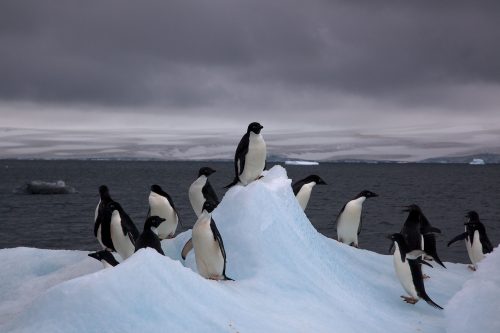
Adelie Penguins. Photo Credit
And now, the opposite end of the spectrum. From island paradise, we go to the mountainous and cold continent of Antarctica. Climate change is the major threat to this area, specifically by way of melting land and sea ice. For tourists, Antarctica represents the last great untamed wilderness (although much of it has been visited, and some of it has become comparatively quite accessible).
The good thing about Antarctic tourism is that it was founded on sustainability and management. Clothing and other items are decontaminated before they arrive on the continent to minimize invasive species. Visitors are expected to follow certain guidelines, and the number of visitors and trips are limited.
Other than adventure (and having the chance to start a dinner story with “When I was traveling in Antarctica…”), what draws people to this inhospitable place? Curiosity is a main driver; penguins are another. There are also many unique experiences on offer, including bathing in thermally-heated water on an island made up of dormant volcano. Other travelers might be interested in the history of the place. And no one can deny the wild beauty of the landscape or the stunning appeal of the Southern Lights in the night sky.
Galapagos Islands
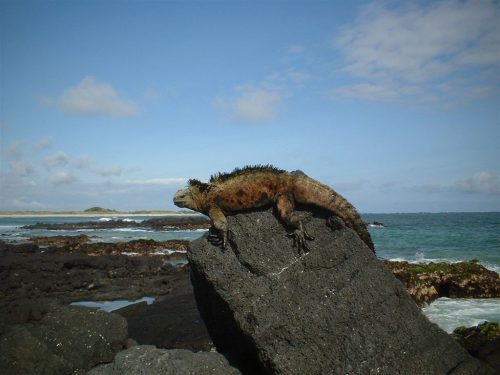
Galapagos. Photo Credit
In the Galapagos Islands — a chain of 21 islands located about 600 miles off the coast of Ecuador — it’s all about the animals. Want to see sea turtles, seals, sea iguanas and other animals? Or perhaps you’re interested in the 500 species of indigenous plants? These islands, thanks to their isolated position in the Pacific Ocean, are home to hundreds of completely unique plant and animal species. The wildlife found here is relatively fearless, and the weather is tropical, so it’s no surprise that the Galapagos host over 100,000 tourists each year.
However, these islands are threatened by more than just climate change. Pollution, deforestation, overfishing and the introduction of invasive non-native species have placed the Galapagos Islands under threat.
To combat these problems and minimize the impact of tourism on the Islands’ natural areas, visiting groups’ size and frequency is limited. Boat routes are carefully planned to mitigate possible damage to the islands’ ecosystems. And guides are required so that groups cannot explore (and accidentally cause damage) the islands on their own.
This is only a small part of last chance tourism. Other travel opportunities involve endangered animals (such as African rhinos or elephants) or specific features of a landscape (such as the glaciers in Alaska and the European Alps).
If seeing endangered wildlife by the light of an African dawn is on your personal bucket list, what should you do? Educate yourself first — learn all you can about your destination and the challenges it faces. Then, try to find a responsible and ecologically-friendly way to make your trip. The goal isn’t just seeing something wonderful before it vanishes — it’s preserving it for others to see, as well.

